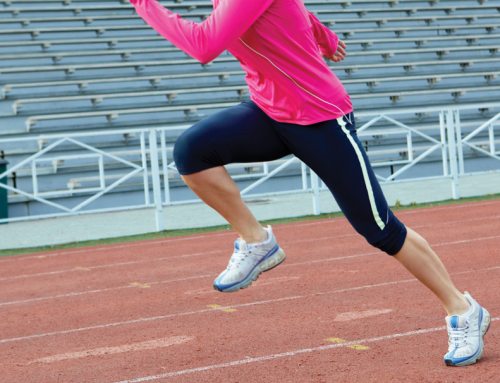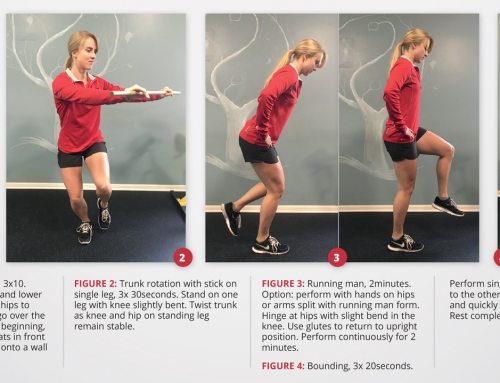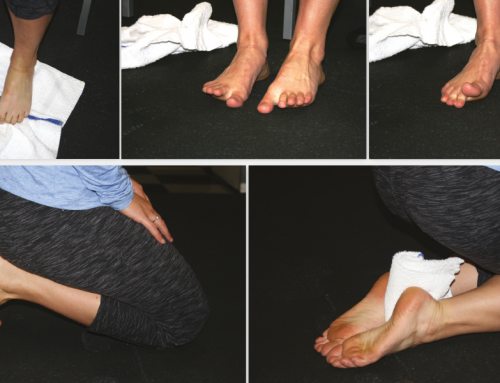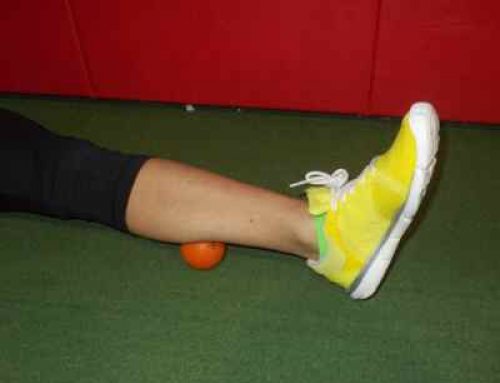By Emily Wegmann and Sarah Talley
Most runners and other athletes usually don’t think about breathing during exercise, aside from using respiration to measure the intensity of a workout.
But respiration is only one function of the diaphragm. The respiratory diaphragm is part of the “inner circle” of the core and coordinates with the deep abdominals, deep back, and pelvic floor muscles to stabilize the trunk during movement. The respiratory system should work automatically at rest and during exercise. However, straining or breath-holding during core work affects core muscle function and encourages poor stabilization patterns. If you are a breath-holder, or one or more muscles contract when they should relax (for example, keeping the abdomen tight during inhalation), the system is less effective and may contribute to muscle imbalance, decreased flexibility or pain. A simple tip to make sure you are breathing appropriately during exercise is to exhale with exertion.
# # #
Emily Wegmann, MPT, OCS, and Sarah Talley, PT, DPT, are co-owners of Carolina Pelvic Health Center, Inc., and specialize in treating pelvic pain and weakness in men and women of all fitness levels. Sarah is a Boston-qualifier and previous Ramblin’ Rose participant. Curious about pelvic physical therapy? Visit www.carolinapelvichealth.com.






